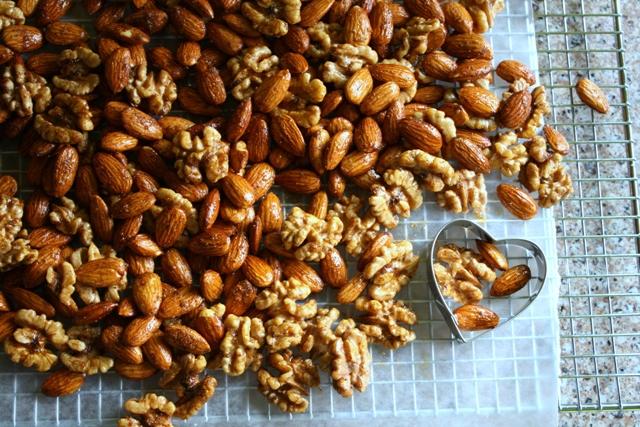Nuts about Nuts
All over the world, nuts are enjoyed as snacks on their own, or as ingredients in desserts and savory dishes. Rich in history and nutritional value, nuts of all varieties are certainly an integral part of our nourishment.
A nutty history
Nuts have been an essential ingredient in the human diet for hundreds and thousands of years. According to the Nutcracker Museum, an archeological dig in Israel showed that nuts formed a key part of people’s diet 780,000 years ago. Scientists found several varieties of nuts along with stone tools for nut cracking buried deep in a bog. Similar stone tools, dating back 4,000 to 8,000 years, were also found in the United States and Europe.
Traders used nuts as a common trade item in the 18th century. In fact, Spanish Franciscan Fathers brought walnuts to California in that era. Thanks to them, California is now one of the world’s top producers and exporters of nuts. According to the California Department of Food & Agriculture, California is the number one producer of tree nuts in the United States, harvesting 92% of total U.S. production. In particular, most almonds in the U.S. are produced right here in California.
Nuts about nutrition
Nuts are incredibly nutritious! Although they are high in fat, it is mostly unsaturated fat that is heart-healthy. Such fats may help lower low-density lipoproteins (LDL) or “bad” cholesterol, according to the University of Nebraska Cooperative Extension. Eating a handful of nuts may also help prevent weight gain since the protein, fat and fiber in nuts help our bodies feel full longer.
A recent Huffington Post article touts the health benefits of walnuts. It reports that various research have found that eating walnuts may help people decrease their risk of breast cancer, prostate cancer, and heart disease. Walnuts also contain more antioxidants than other nuts.
In general, some nutrients in nuts include magnesium, manganese, protein, fiber, zinc and phosphorus. Almonds are rich in vitamin E while walnuts are rich in omega-3 fatty acids.
Nuts fun facts from the Nutcracker Museum:
- The hazelnut is considered among the five sacred nourishments bestowed upon humans by God, according to a manuscript found in China from the year 2838 B.C.
- Pecans are native to only North America! The nut was a staple of the diets of Native Americans and early settlers.
- Macadamia nuts may be heavily associated with Hawaii, but they actually originated in the rainforests of Queensland, Australia! It was brought to Hawaii in the late 19th century where much of the world’s supply is grown today.
- The peanut is not actually a nut! It is actually a legume and a member of the pea family.
Nuts can be enjoyed on their own, and in granolas, salads, desserts, curries, sautés, and many other dishes! Chef Tina Jo shared with us how to make our very own flavored nut milk!
References:
California Department of Food & Agriculture
University of Nebraska Cooperative Extension – Lancaster County


